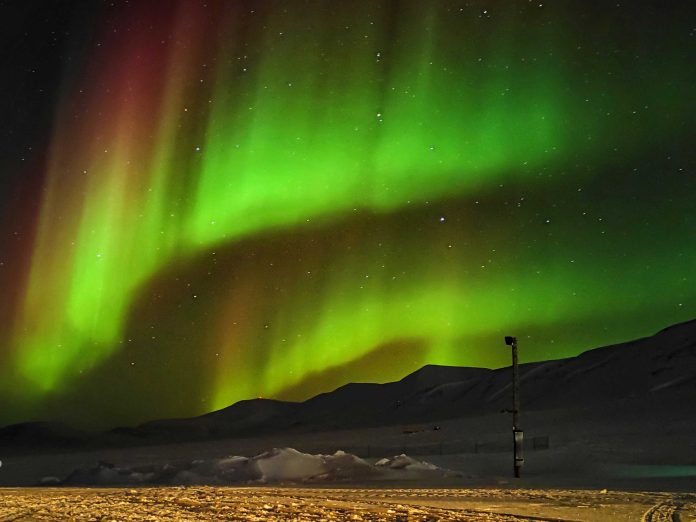by EH
The Arctic is changing, and a major force behind its transformation is a phenomenon known as Atlantification. Warmer waters from the Atlantic are pushing farther north, disrupting marine ecosystems, accelerating sea ice loss, and reshaping one of the world’s most fragile environments.
A new report, presented during the recent Polar Night Week at the University Centre in Svalbard (UNIS), highlights the extent of this change. The study, compiled by an international team of researchers led by the National Institute of Oceanography and Applied Geophysics (OGS), underscores the growing influence of Atlantic waters in the region and the urgent need for continued monitoring.
“Over the last two decades, we have observed a clear and consistent signal of Atlantification in Svalbard,” said Manuel Bensi, an oceanographer at OGS and the study’s lead scientist. “These changes are not just localized—they are part of a larger pattern of climate-driven shifts in the Arctic.”
A Changing Arctic
The Arctic Ocean has long been dominated by cold, relatively fresh waters, with sea ice acting as a stabilizing force. But in recent years, the incursion of warm, salty Atlantic waters has disrupted that equilibrium. Scientists warn that this process could fundamentally alter ocean circulation patterns and ecosystems across the polar region.
The findings were made possible through data collected by the SIOS Marine Infrastructure network, a collaboration of marine observatories in the Svalbard archipelago. The network was established in 2019 to improve long-term environmental monitoring in response to growing concerns over climate change.
OGS has played a crucial role in this effort, contributing expertise in oceanographic research and data analysis. As one of the leading institutions in European marine science, OGS has been instrumental in developing monitoring systems that help scientists track and interpret the complex changes occurring in the Arctic.
Global Implications
The consequences of Atlantification extend beyond the Arctic. As warm waters penetrate further north, they could weaken the formation of cold, deep water currents that drive the global climate system. Scientists fear that continued disruption could accelerate ice melt in Greenland and even impact weather patterns as far south as the United States and Europe.
“This isn’t just an Arctic problem,” said Dr. Bensi. “The Arctic acts as the planet’s refrigerator, and what happens here will have ripple effects worldwide.”
The Need for Ongoing Research
The Svalbard Integrated Arctic Earth Observing System (SIOS), a Norwegian research consortium, is spearheading efforts to coordinate long-term data collection across the region. The goal is to create a comprehensive picture of Arctic environmental conditions, integrating studies of the atmosphere, biosphere, geosphere, cryosphere, and hydrosphere.
OGS, as a key partner in this initiative, continues to drive international collaborations that enhance data collection and scientific analysis. The recent report is part of these efforts. By analyzing historical and real-time ocean data, researchers hope to refine climate models and predict how Atlantification will evolve in the coming decades.
“We need more international cooperation and sustained monitoring,” said Dr. Bensi. “If we don’t understand these changes, we won’t be able to mitigate their effects.”
For now, scientists at OGS and their partners continue to track the shifting waters of the Arctic, watching as the frontier between the Atlantic and the Arctic Ocean is redrawn before their eyes.





























